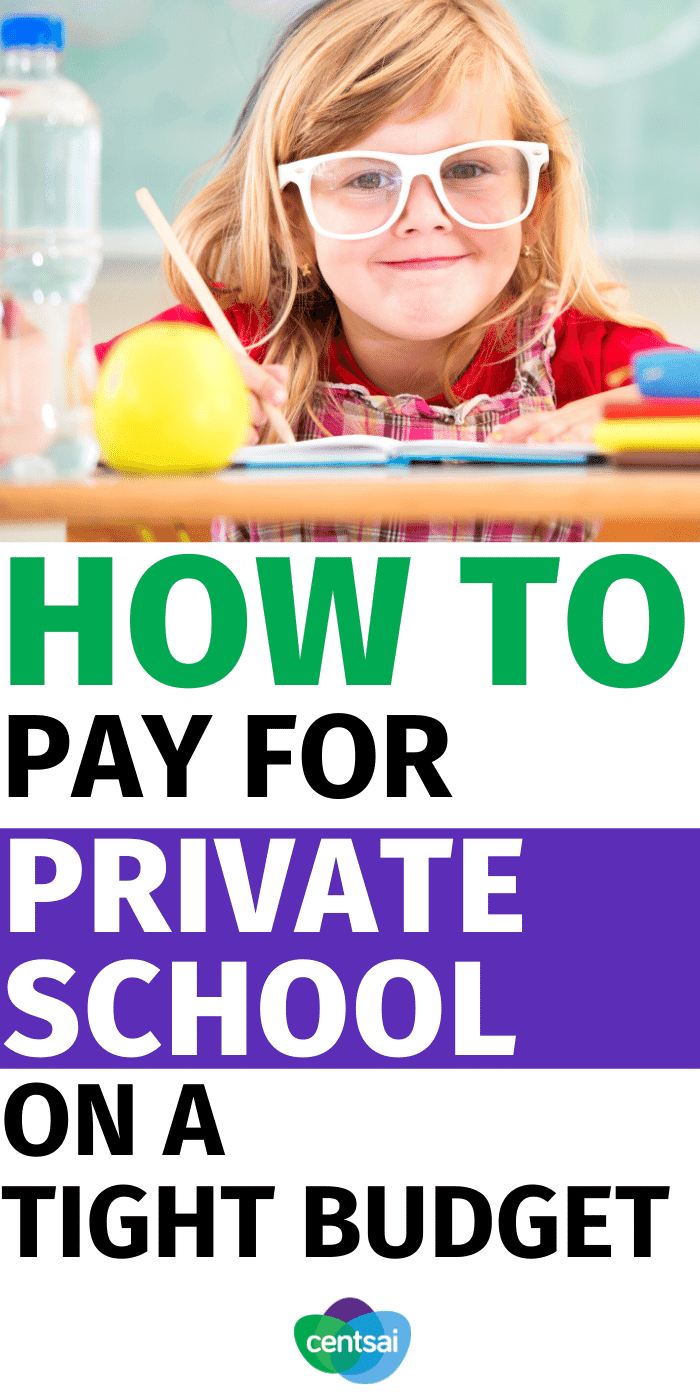
Eric Strausman
 Given the choice, parents are more likely to be satisfied by sending their children to private school, according to a national poll from EdChoice, and it’s no wonder why. With smaller classes, specialized instruction, and an opportunity to explore subjects that public schools might not have the funding to offer, private education is an increasingly attractive option.
Given the choice, parents are more likely to be satisfied by sending their children to private school, according to a national poll from EdChoice, and it’s no wonder why. With smaller classes, specialized instruction, and an opportunity to explore subjects that public schools might not have the funding to offer, private education is an increasingly attractive option.
But tuition holds back a lot of families. The average annual cost of private high school was $16,040 in 2021, according to data collected by EducationData. Given that matriculating high school students and their families will soon have to contend with the cost of college, paying for both higher and secondary education may seem untenable for many Americans.
That said, scholarships — as well as financial aid from the institutions themselves — can make private school more affordable for middle-class families. Here are three ways to pay for a private education without going broke:
1. School Financial Aid
The first stop on the journey to financial aid is the school itself. Many schools use a third-party assessment to determine the amount of aid a family qualifies for.
Some of the assessments include the FACTS Grant & Aid Assessment and the National Association of Independent Schools’ (NAIS) School & Student Services (SSS), along with Financial Aid and Student Tuition (FAST).
These applications estimate how much a family could reasonably contribute toward tuition. They analyze income and expenses, assets and debts, the age of the parent(s), family size, and how many children attend private schools.
Even if you think you may not qualify for aid, go ahead and fill out the application.
If you aren’t approved for enough assistance for your situation, you can appeal. Schools are often open to providing payment plans and working individually with families who wish to send their children.
Do Your Research
When beginning the private school application process, see if the school is “need-blind.” This means that admission decisions are made without regard for parents’ ability to pay.
If your child is admitted to a need-blind school, then the school commits to helping you afford the tuition, sometimes with substantial discounts. This will likely require additional paperwork, but it can save you thousands in semesterly fees.
Additionally, ask the school if there are any additional criteria that determine the amount of aid provided. For example, some schools give more aid to siblings of students already at the school; to children of employees; to lower-income families; or, if the school is religious, to families that belong to the relevant church, synagogue, or mosque.
That said, most schools require families to pay at least a little something. This is meant to encourage them to prioritize education in their budget.
For example, at the Paideia School, a nonsectarian school in Atlanta, every family is expected to pay some percentage of tuition. The exact amount is determined by their income, assets, debt, and number of children enrolled. As such, the financial aid awards range from 20 to 99 percent of tuition.
2. Outside Scholarships
Outside scholarships and grants are another way to pay for private school. There are plenty of options for families seeking assistance, though some may be state- or city-specific. For families sending their children to independent schools, NAIS offers a financial aid guide that might help on this front.
The Children’s Scholarship Fund also offers scholarships for students in kindergarten through eighth grade in 23 U.S. cities. Families are expected to pay at least 25 percent of the tuition, and the fund has given away nearly $1 billion in support. The Children’s Scholarship Fund also lists unaffiliated scholarships by state.
Additional Online Financial Resources to Help Pay for Private Schools
- FinAid has a terrific list of scholarships open to children under age 13.
- The Jack Kent Cooke Foundation offers scholarships on the basis of both need and merit for high schoolers as a part of its Young Scholars Program.
- The Grants to Individuals Foundation offers, among other grants to students in university or graduate programs, scholarships to students pursuing an education at a private secondary institution.
- The AAA Scholarship Foundation gives financial assistance to economically disadvantaged families and to children with disabilities living in Arizona, Florida, Georgia, and Nevada.
- A Better Chance provides funding to students of color in fourth through ninth grade at over 300 participating U.S. private schools.
How Scholarships Help
The impact of private high school scholarships on students who would have otherwise attended public schools in their communities are often vast and difficult to quantify. But some indicate their current professional success — or the success of their children — is a definite consequence of receiving a scholarship for their secondary education.
“I spent my last two years of high school in a good private school, on the headmaster's scholarship — essentially free tuition,” says entrepreneur Josh Ogle, co-founder of business consultancy company The Original Agency. “I’d never be where I am today without having gone to a private school, and wouldn’t have been able to go there had it not been for their generous scholarship.”
3. State Voucher and Tax Credit Programs
A few states offer government-provided aid that allows parents to use public funds to pay for private school tuition (scroll down to “School Vouchers and Tax Relief”). This assistance ranges from tax credits, which reimburse you for some expenses, to vouchers that can cover up to half of a private school’s tuition.
The American Federation for Children provides information about tax credits and voucher programs that can assist families when enrolling their children in private school.
EdChoice also has listings of education savings accounts, school vouchers, tax-credit scholarships, and individual tax credits and deductions by state. Additionally, you can check your state’s Department of Education website to learn which resources have been allocated to your state specifically.
4. Your 529 Plan
Finally, if you’re unable to secure a scholarship or tax voucher, consider using the funds from your child’s 529 College Savings Plan to pay for their private elementary or secondary education.
The 2018 Tax Cuts and Jobs Act expanded usability for education investment vehicles, allowing parents to use up to $10,000 per year from a 529 plan towards private elementary or secondary education for their beneficiaries.
While you’ll want to continue investing in your child’s plan until they attend college, the ability to withdraw a few thousand dollars to pay for a private school education can ease some financial stress while ensuring that your child receives the education they deserve.
Final Thoughts on How to Pay for Private School
It may seem overwhelming to consider private school when you’re on a budget. But if you’re committed to the idea, there are resources to help. If you work closely with your school’s administrators, keep in mind what’s really important to you, and check out all your options, then a private school is definitely achievable.
The Price of Private School in America
Even with financial aid and scholarships, private school can be a pricey investment for many families. Here’s a look at some of the fees families can expect to pay (before assistance), according to data collected by Private School Review:
| State | Average Annual Tuition Cost |
| Nebraska | $3,977 (least expensive nationwide) |
| Wisconsin | $4,483 |
| North Carolina | $9,640 (median cost nationwide) |
| Missouri | $10,283 |
| New Jersey | $14,029 |
| California | $15,437 |
| Connecticut | $27,421 |
| District of Columbia | $25,941 (most expensive nationwide) |
Additional reporting by Connor Beckett McInerney.









